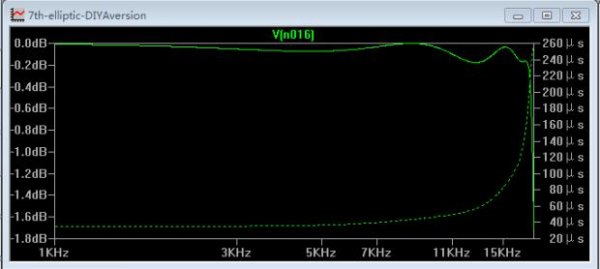Glitch, very hand-waving explanation: Think of DACs as switching small units of voltage, or charge, that is passed to the output. Because switches in the DAC do not turn on and off instantaneously and in perfect synch, there is a small period of time when both are on, or (depending on the design) both are off. Parasitic elements like stray capacitance around the switches and in the switching devices themselves cause some energy to "bleed off" to the output during these times, and the result is a fast "glitch" until the switches are fully off/on and stable. Depending upon the design and signal, these glitches can be very large (1/2-fullscale) and although they are very fast (because the switches change state quickly) it is putting wideband noise into the output at the clock rate of the DAC. Furthermore, because the amount of charge depends upon how many switches are changing state, which is in turn a function of the signal. That means the glitch energy may depend upon the signal, which due to various factors in the DAC adds signal distortion as well as noise to the output.
HTH - Don
HTH - Don


